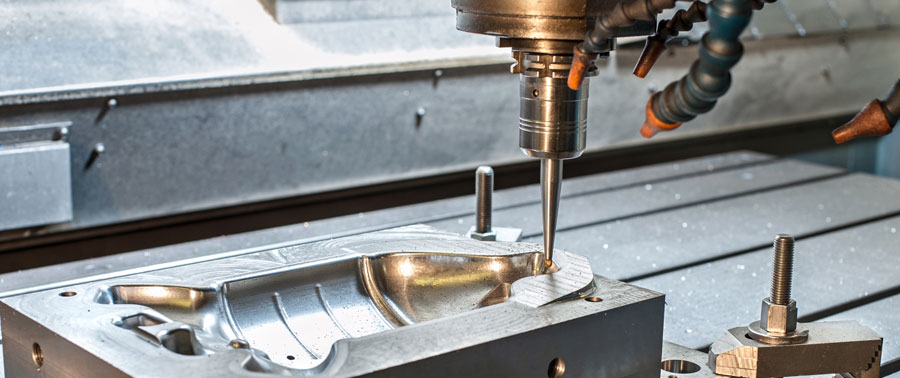
The diecasting market in Malaysia has experienced considerable growth over the previous couple of years, driven by raising need from regional and worldwide markets. As Malaysia remains to develop as a regional manufacturing hub, the requirement for top notch, specific components has climbed. Diecasting is particularly valued in the automotive market, where makers need high-performance parts with remarkable durability. The fast growth of the auto sector in Malaysia has brought about a surge popular for diecast parts, such as engine elements, chassis parts, and indoor elements. Additionally, the rise in customer electronic devices, specifically in smartphones, computers, and home appliances, has additionally fueled the need for diecast elements, making sure the continued significance of this manufacturing process in Malaysia's economy.
Diecasting offers numerous advantages over other manufacturing methods, making it an optimal selection for many markets. The process permits the manufacturing of detailed forms that would certainly be challenging or costly to accomplish with various other approaches such as machining or spreading. Diecasting also supplies high manufacturing performance, which is especially essential in sectors that need large quantities of parts. The capacity to generate complex get rid of tight tolerances minimizes the need for additional machining and finishing, saving both time and money. Additionally, diecast components have a smooth surface area finish and are commonly stronger and lighter than those made by various other methods, which is particularly vital in fields like auto and aerospace, where the strength-to-weight ratio is critical. These benefits make diecasting an appealing choice for producers looking to improve their production procedures while preserving high criteria of quality.
Another significant element adding to the increase of diecasting in Malaysia is the growth of the electronics industry. The fast development of customer electronics, such as smart devices, tablets, and laptop computers, has created an ever-increasing need for tiny, lightweight, and durable components. Diecasting makes it possible for suppliers to produce complex digital components, such as real estates, ports, and heatsinks, with remarkable accuracy. Additionally, the procedure enables high-volume production, ensuring that suppliers can fulfill the worldwide demand for electronic tools. As technological advancements continue to increase, diecasting remains an essential part of creating the parts that power modern-day electronic devices. The flexibility of diecasting enables it to serve various markets, including telecommunications, computing, and home devices, all of which rely upon high-grade parts for ideal efficiency. To get new details please head to Senadiecasting

The materials made use of in the diecasting procedure additionally add to its widespread charm in Malaysia. Light weight aluminum, zinc, and magnesium are typically utilized in diecasting due to the fact that they are light-weight yet solid, making them suitable for markets that require durable yet light parts. Aluminum diecasting, particularly, has obtained prevalent use in the automobile and electronic devices fields due to the product's superb corrosion resistance, low density, and thermal conductivity. The flexibility of diecasting permits producers to collaborate with different alloys, which further boosts the versatility of the process. In addition, diecasting helps reduce material waste by utilizing the liquified steel effectively, guaranteeing that the final product is generated at a fairly inexpensive. This mix of price and convenience has made diecasting a go-to option for manufacturers in Malaysia and past.
As Malaysia's diecasting industry continues to grow, the country deals with specific obstacles that need to be attended to. One major problem is the variation in resources rates, particularly steels like aluminum, zinc, and magnesium. These price modifications can impact the overall price of production and influence the productivity of diecasting manufacturers. To minimize this, lots of business are discovering means to boost material efficiency, such as reusing scrap metal and utilizing different products. One more obstacle is ecological sustainability, as diecasting entails making use of energy-intensive processes. The industry is progressively embracing green technologies, such as energy-efficient tools and waste management systems, to lower its carbon impact. By dealing with these challenges, Malaysia's diecasting market can remain to expand while maintaining its commitment to sustainability and ecological obligation.